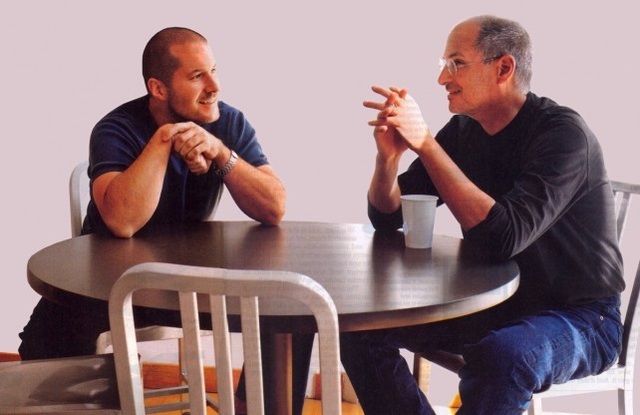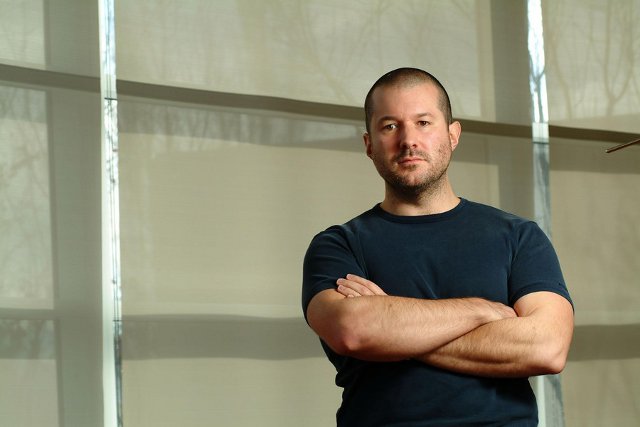

It just looks better, with the result that the iPhone 14 achieves a higher screen-to-body ratio.It has been some time since Jony Ive, the legendary design lead at Apple, left the company. I doubt the marginal extra screen real estate gained from the smaller cutout will be of any practical use. So Apple could have created a custom animation for iPhone 14 (and future iPhone generations) to use for displaying notification banners while temporarily obscuring the hardware cutout.īut most of the time I expect the puncher to show up just like the iPhone’s notch has always been, allowing the user’s background and content to flow around it. This is pure speculation, but it might look ugly if a notification banner comes down from the top of the screen, overlapping the new set of separated sensor holes. Perhaps there are certain niche scenarios where it makes sense for the operating system to hide the gap. It’s not an impossible proposition - and we won’t know for sure until next week - but it seems unlikely that Apple’s industrial design team would bother designing a hole punch case just for the OS team to come over and hide. That said, Apple would break much of its own precedent if the iPhone 14 suddenly used software tricks to hide the gap between the front-facing camera and the Face ID infrared scanner. The Apple-designed GPU in the M2 chip even has special hardware instructions to accurately alias the pixels around the notch for the best aesthetic result. While the iPad doesn’t have a notch, the 2021 MacBook Pro and M2 MacBook Air do - and they show it off just as well as the iPhone. If you look closely, you can see that Apple’s industrial team has taken great care in carving demanding curves around the protrusion that harmoniously match the overall corner radii of the device’s case, as it was always intended to be something that would be put on display – not as something to be hidden.Īpple went to great lengths to ensure that the precise masking with rounded corners looked just as good on LCDs, a technology first used to neatly embed the notch into the iPhone XR’s Liquid Retina display. To quote Jony Ive, the design was “true to itself”.


They fully embraced the notch, with content flowing from edge to edge into all corners of the screen. Leading up to the September 2017 unveiling, many mock-ups showed the status bar area as black, with the time visible as white text on the left and right, essentially creating a fake forehead border. When the iPhone X design was first rumored, there was a lot of speculation about how Apple would deal with the “inelegant” display compromise. However, history is certainly not on the side of Apple artificially hiding screen cutouts. Recently, there’s been some chatter from sketchy Weibo posts and an anonymous MacRumors tipster that Apple will actually hide the software-level puncher by obscuring the area around the camera and sensors so it looks like a single unified pill shape. What remains somewhat unclear, however, is exactly how Apple will present this new sensor housing. We basically know the high-level details: improved cameras, a new A16 chip, and much the same chassis as iPhone 13 with a new punch-notch design, at least on the Pro models. The iPhone 14 will be announced at the week-long “Far out” Apple event on September 7.


 0 kommentar(er)
0 kommentar(er)
